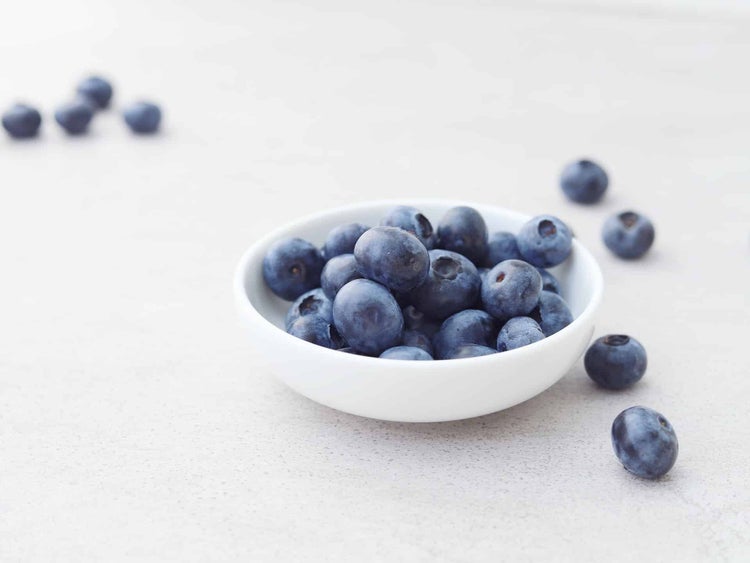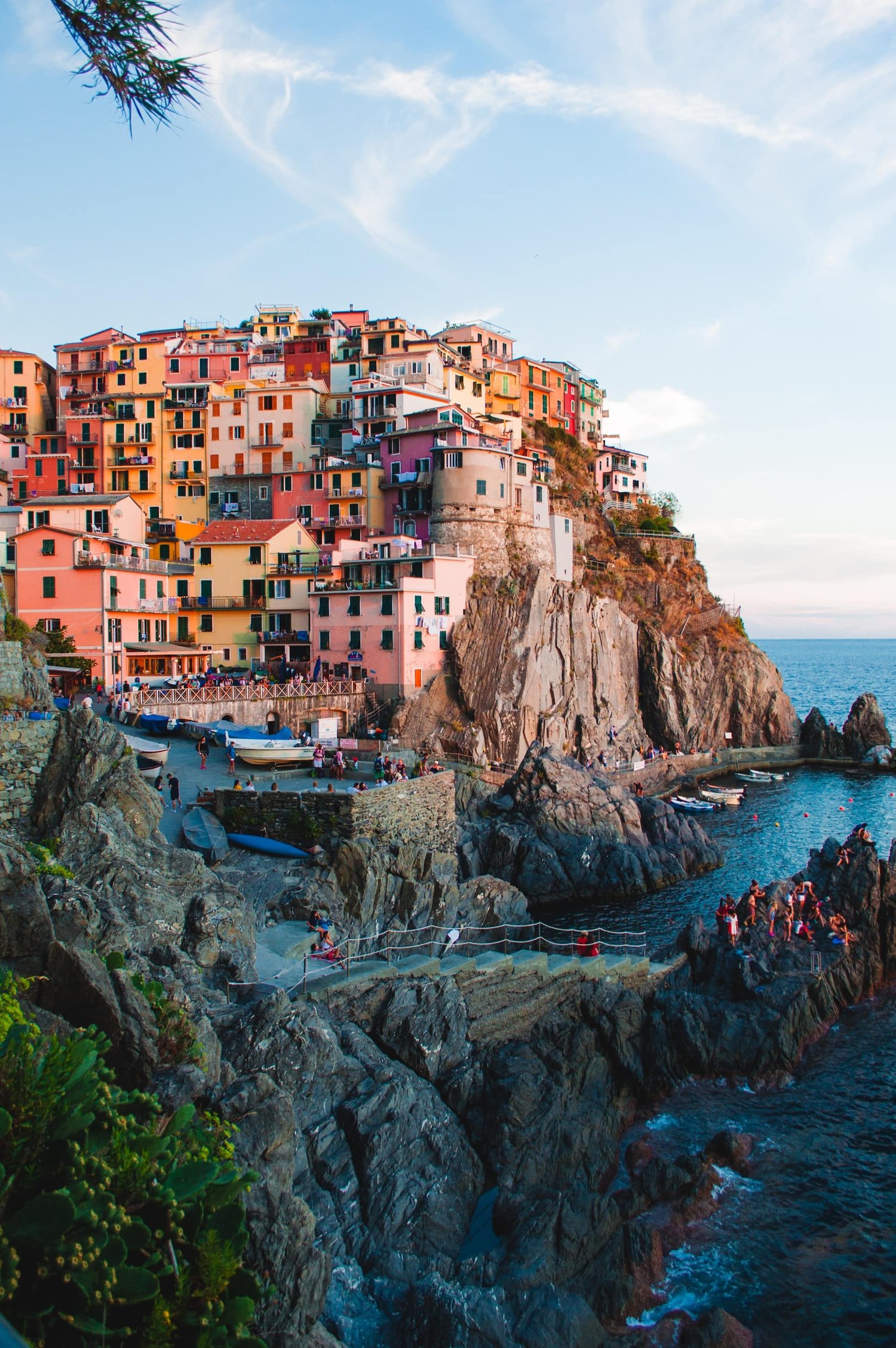Dan Buettner is one of my healthy heroes.
He is the author of Blue Zones, a book about the five places in the world where people live the longest, healthiest lives. He highlights the regions and cultures that have shaped the healthiest living in the world.
Buettner worked with a team of researchers to study areas with the highest concentration of centenarians (people over 100 years old) and to identify the common lifestyle and environmental factors that contribute to their longevity.
The team analyzed demographic data, interviewed locals, and conducted surveys as well as assessments to identify the key factors that contribute to the long and healthy lives of people in these regions.
My copy of his book is massively highlighted with orange highlighter, sticky-notes everywhere, and way too many dog-eared pages. It’s that good! And I read it twice!
These are the 5 places in the world where the highest percentage of centenarians live: Loma Linda, California; Ikaria, Greece; Nicoya, Costa Rica; Sardinia, Italy; and Okinawa, Japan.
9 characteristics of the Blue Zones that I strive to live by (mostly):
- Move naturally. Longest-lived people live in environments that encourage physical activity through daily tasks like gardening, rather than gym activities. I get out on 13 miles of trails right outside my door almost daily.
- Having a sense of purpose, like “Ikigai” in Okinawan or “plan de vida” in Nicoyan, can add up to 7 years of life expectancy.
- Daily routines to relieve stress, such as meditation, napping, or happy hour, can help reverse age-related diseases caused by the chronic inflammation that constant stress can cause.
- The 80% Rule — eat mindfully and stop when 80% full, with the largest meal in the late afternoon/early evening and no more eating for the rest of the day. This is where the small plate method is helpful.
- Plant-forward — centenarians have diets rich in fruits, vegetables, and beans, and low in meat. Totally my vibe here!
- Wine @ 5! (any fans here?) Drinking a glass of wine with friends daily, in moderation, is part of the Blue Zones lifestyle.
- Belonging — most centenarians belong to a faith-based community, with 4 visits per month adding 4–14 years of life expectancy. I believe this can be any kind of spirituality routine.
- Centenarians prioritize family, with a committed life partner adding 3 years of life expectancy. Friends can be family just the same!
- Long-lived people choose or are born into social circles that promote healthy behaviors. We may not be born into this, but we can make the choice to live healthier lives and find communities/social circles (even online).
By incorporating these concepts into our daily lives, we can improve our health, happiness, and longevity no matter where we live.
The Blue Zones truly serve as a reminder that a long and healthy life is possible with the right mindset and lifestyle choices.
Here are some foods that you may want to incorporate into your diet based on the Blue Zones research:
- A variety of beans and legumes, such as chickpeas, lentils, black beans, and fava beans. These are a good source of protein and fiber and are a staple in many Blue Zones diets.
- Whole grains including whole wheat, oats, brown rice, and quinoa. These provide a great source of carbohydrates and fiber.
- Veggies! People in Blue Zones eat a variety of vegetables, including leafy greens, tomatoes, peppers, onions, and squash that are rich in vitamins and minerals.
- Fruits such as berries, apples, oranges, and pomegranates. These are often consumed as snacks or dessert.
- Nuts and seeds, such as almonds, walnuts, sunflower seeds, and pumpkin seeds. These are a good source of healthy fats and protein, usually added to a meal or consumed as a snack.
- People in some Blue Zones regions consume fish regularly, such as sardines, anchovies, and tuna. Fish is a good source of protein and omega-3 fatty acids.
- Olive oil is a staple in the Mediterranean-style diets of people in some Blue Zones regions. Olive oil is rich in healthy fats and is often used as a salad dressing or cooking oil.
- Herbs and spices such as garlic, rosemary, basil, and turmeric.
- People in some Blue Zones, such as Okinawa, Japan consume tea regions consume green tea regularly, which is high in antioxidants.
- Wine! Happy dance? Wine is rich in antioxidants and can provide some health benefits when consumed in moderation.
I highly recommend reading this book or checking out the Blue Zones website.
Here is an easy Blue Zones recipe to get you started
Blueberry Muffin Energy Bites

Ingredients:
1 cup old-fashioned rolled oats or quick oats
½ cup dried blueberries
1 tablespoon chia seeds
¾ cup almond butter
2 tablespoons pure maple syrup
¼ teaspoon cinnamon
Pinch of salt
Instructions:
In a large bowl, stir together all ingredients until well combined. Roll into 12–14 balls. Store in an airtight container in the fridge.
Enjoy!



Comments ()